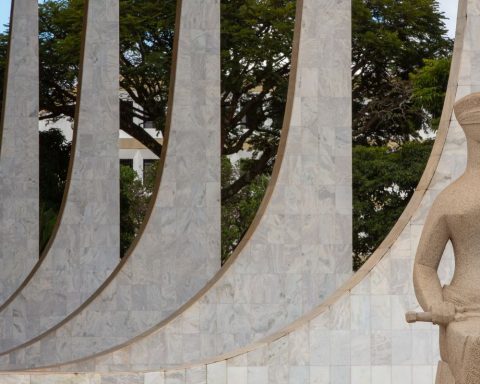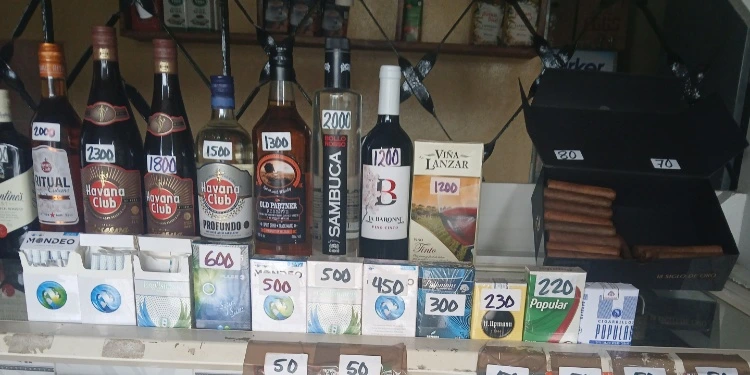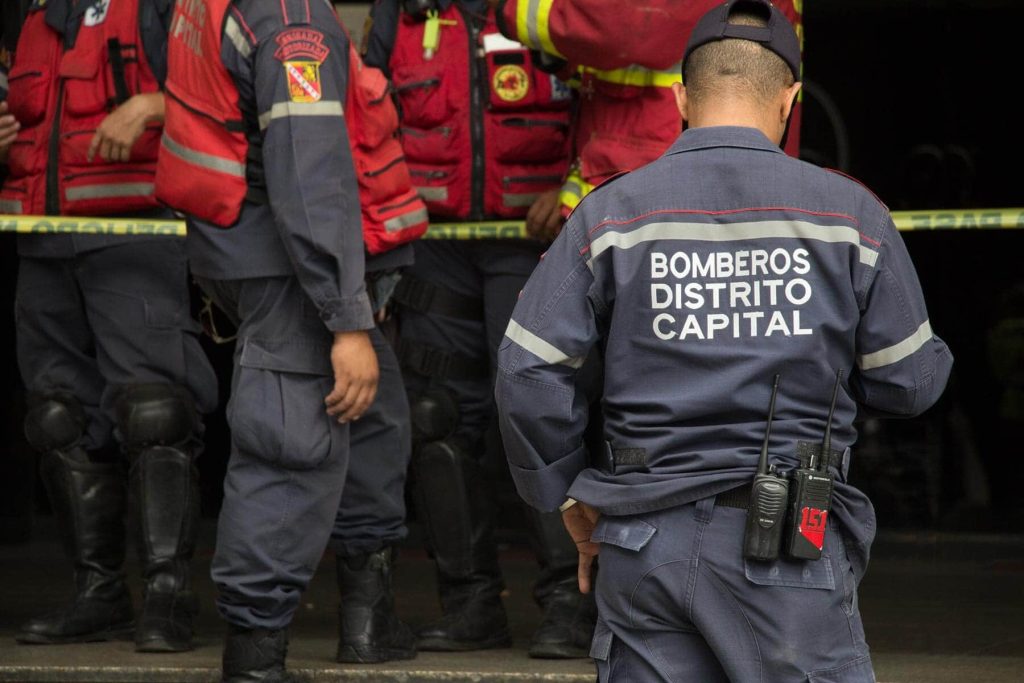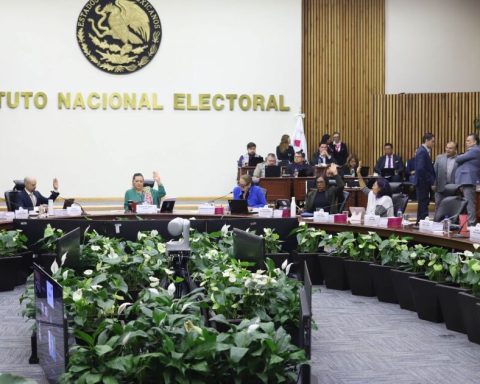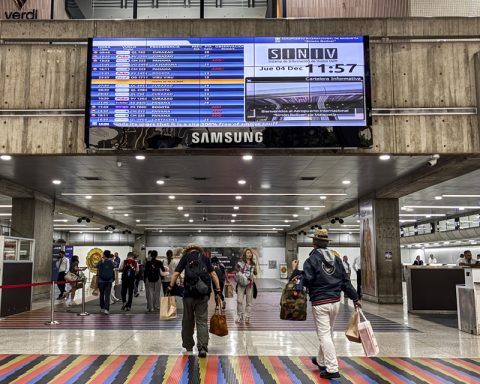The number of beds in intensive care units (ICU) grew 52% in Brazil in the last decade, from 47,846 in 2014 to 73,160 in 2024. The most significant increase occurred in 2021 and 2022, during the covid-19 pandemic.
The data is part of the study Intensive Medicine in Brazil: profile of professionals and health servicesreleased this Tuesday (19) by the Brazilian Intensive Care Medicine Association (Amib).
In a note, the entity assesses that, despite the increase considered significant, the distribution remains “severely unequal”, both in territorial and social aspects.
“A critical analysis of the study information demonstrates the need to adopt public policies that promote a fairer distribution of hospital infrastructure and intensive care professionals across the country.”
According to Amib, the disparity begins with the comparison between the supply of beds for the public and private health networks. In 2024, of the total number of ICU beds existing in Brazil, 51.7% or 37,820 are operated by the Unified Health System (SUS). The remaining 48.3% or 35,340 are in the supplementary system.
“Despite the proximity of the number of intensive care beds available between the public and private networks, the difference between the population served by the two universes highlights the problem”, concluded the association.
The numbers show that in the SUS, a system on which 152 million people depend, there are 24.87 beds per 100 thousand inhabitants. In the private network, which has 51 million health plan beneficiaries, the availability of ICU beds is 69.28 per 100 thousand beneficiaries.
Another disparity is observed between Brazilian regions. While the North has 27.52 ICU beds per 100 thousand inhabitants, the Southeast has 42.58 beds. Across the country, the density of beds per 100 thousand inhabitants is 36.06. However, 19 of the 27 states of the federation are below this level – the extremes range from 20.95, in Piauí, to 76.68, in the Federal District.
Intensivists
The study also highlights that, while the total number of doctors, with or without a specialty, grew 51% between 2011 and 2023 across the country, the number of doctors specializing in intensive medicine grew 228% in the same period – 8,091 intensivists were recorded in 2023, and 2,464 in 2011.
According to Amib, the majority of intensive care physicians working in Brazil graduated more than 10 years ago, with more than 75% having accumulated between 10 and 39 years of professional practice.
Among intensivists, the majority are male (60%) and the predominant age group is between 35 and 64 years old, with an average age of 52 years old. Women are the youngest doctors, “suggesting a possible trend of increasing female participation in the specialty over time”.
Despite the general growth of the specialty, the North and Northeast register a lower average of intensivists per inhabitant when compared to other regions, following the trend shown by the smaller presence of ICU beds. The Southeast has 6,239 professional registrations, while the Central-West has 899 registrations. The North has 348 records.
The Federal District accounts for the highest density of intensive care physicians in the country, with 14.06 specialists for every 100 thousand inhabitants. The index represents almost double the density of the Southeast (7.35) and almost three times the density of Mato Grosso do Sul (4.9), which has a similar population base.
At the other extreme, Amapá has five intensivists, “which generates a practically zero density of specialists for every 100 thousand inhabitants”.
“In capital cities, the probability of finding this professional is significantly higher. The density of intensivists in the 27 Brazilian capitals (14.28) is five times greater than that found in the sum of all other municipalities (2.84)”, concluded Amib.


